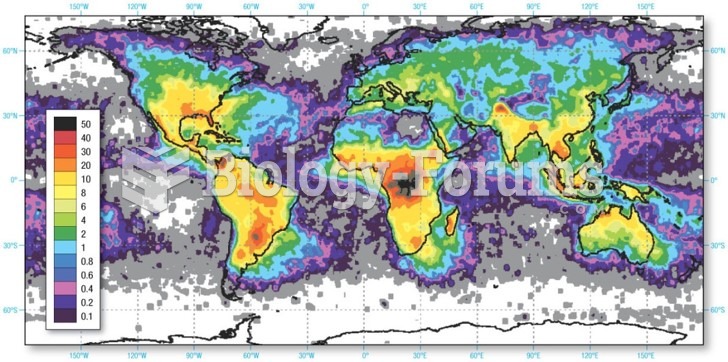|
|
|
Prostaglandins were first isolated from human semen in Sweden in the 1930s. They were so named because the researcher thought that they came from the prostate gland. In fact, prostaglandins exist and are synthesized in almost every cell of the body.
After a vasectomy, it takes about 12 ejaculations to clear out sperm that were already beyond the blocked area.
More than 150,000 Americans killed by cardiovascular disease are younger than the age of 65 years.
Blood is approximately twice as thick as water because of the cells and other components found in it.
According to the National Institute of Environmental Health Sciences, lung disease is the third leading killer in the United States, responsible for one in seven deaths. It is the leading cause of death among infants under the age of one year.
 An illustration of the helium atom, depicting the nucleus (pink) and the electron cloud distribution
An illustration of the helium atom, depicting the nucleus (pink) and the electron cloud distribution
 L. Frank Baum, author of The Wonderful Wizard of Oz (1900) and a fan of William Jennings Bryan, perh
L. Frank Baum, author of The Wonderful Wizard of Oz (1900) and a fan of William Jennings Bryan, perh
 Whites pour mustard and ketchup over black (and white) students who were integrating a lunch counter ...
Whites pour mustard and ketchup over black (and white) students who were integrating a lunch counter ...




